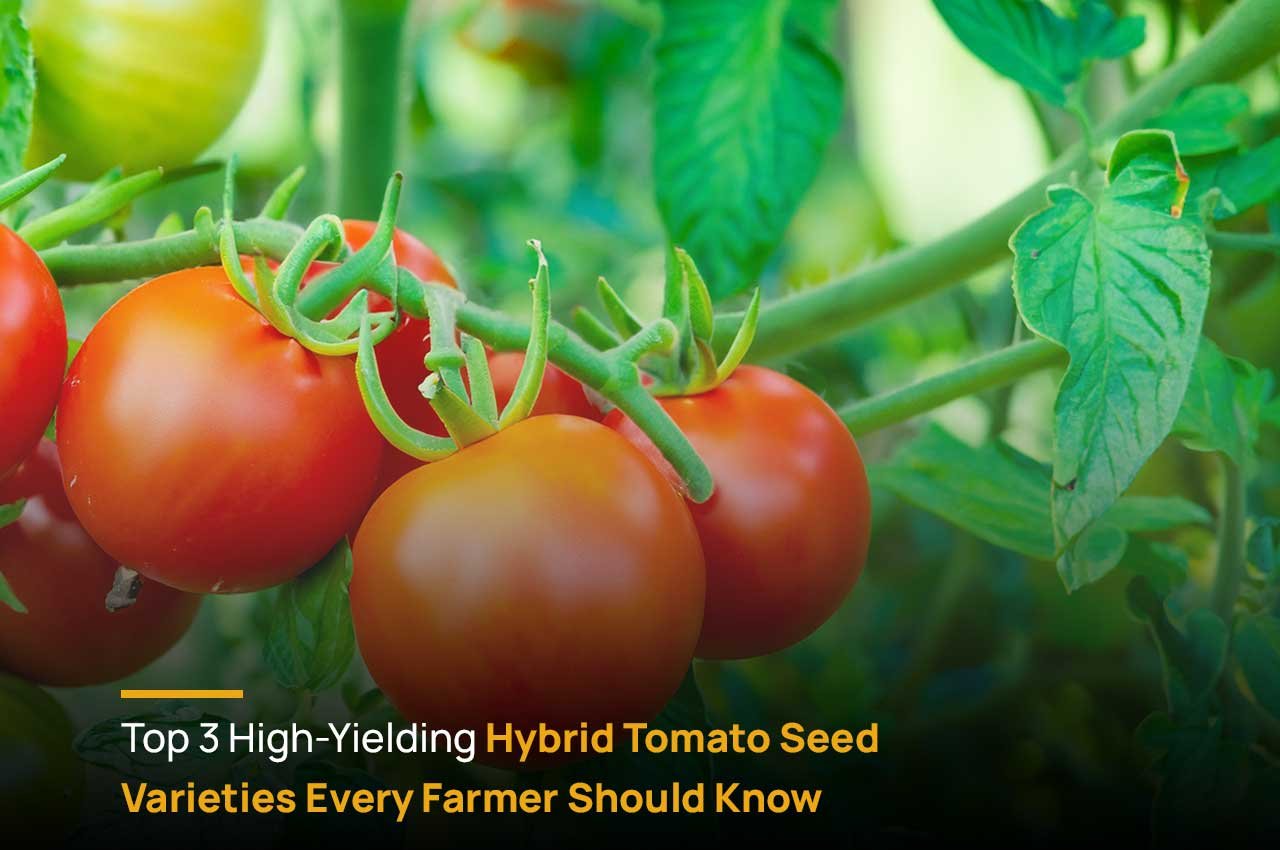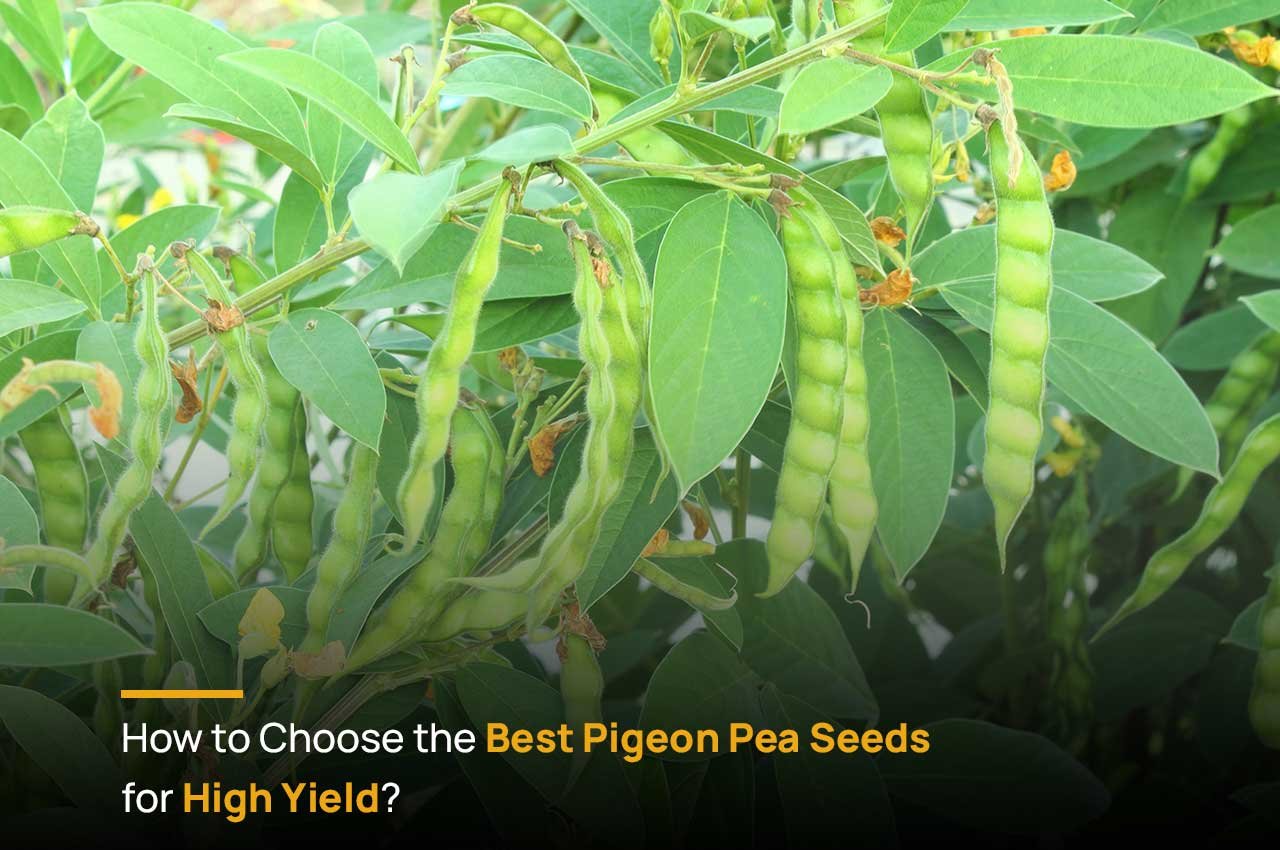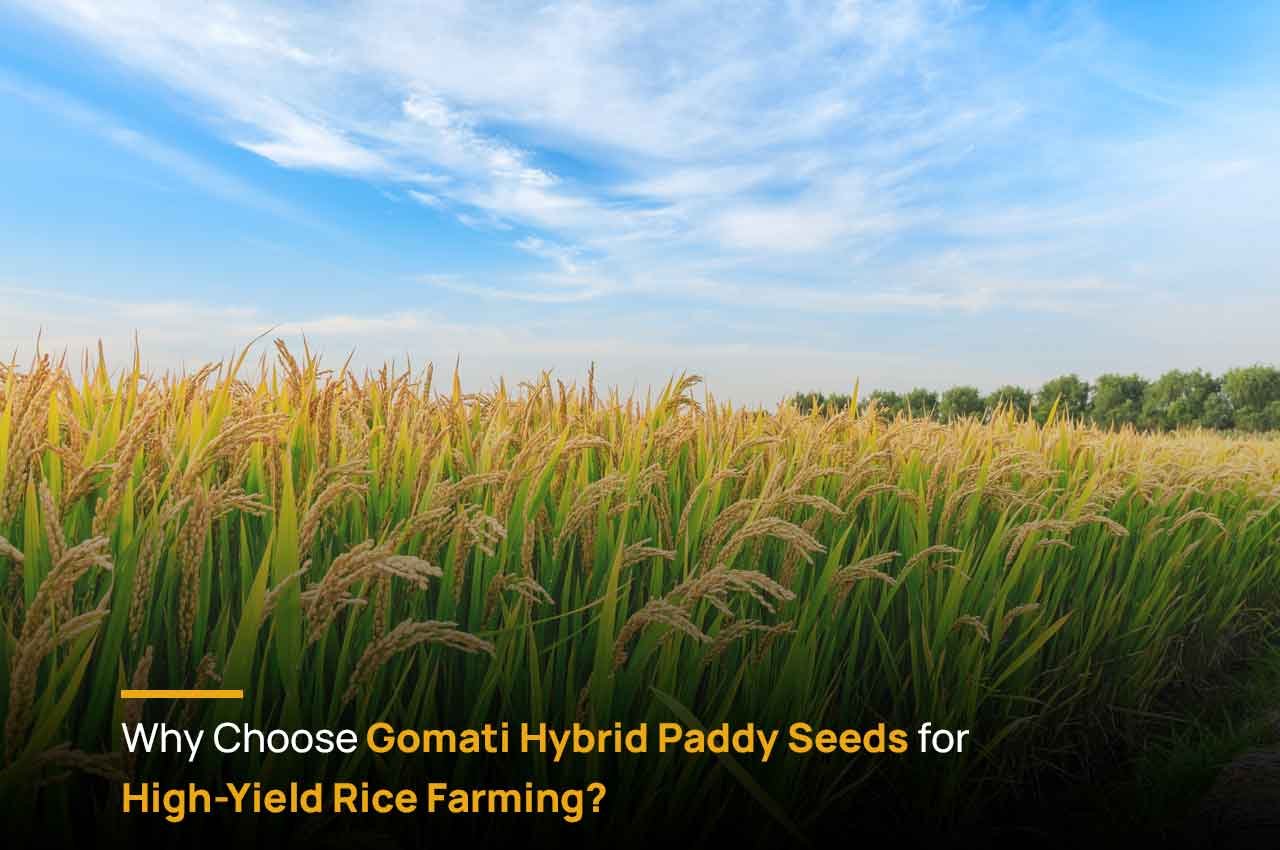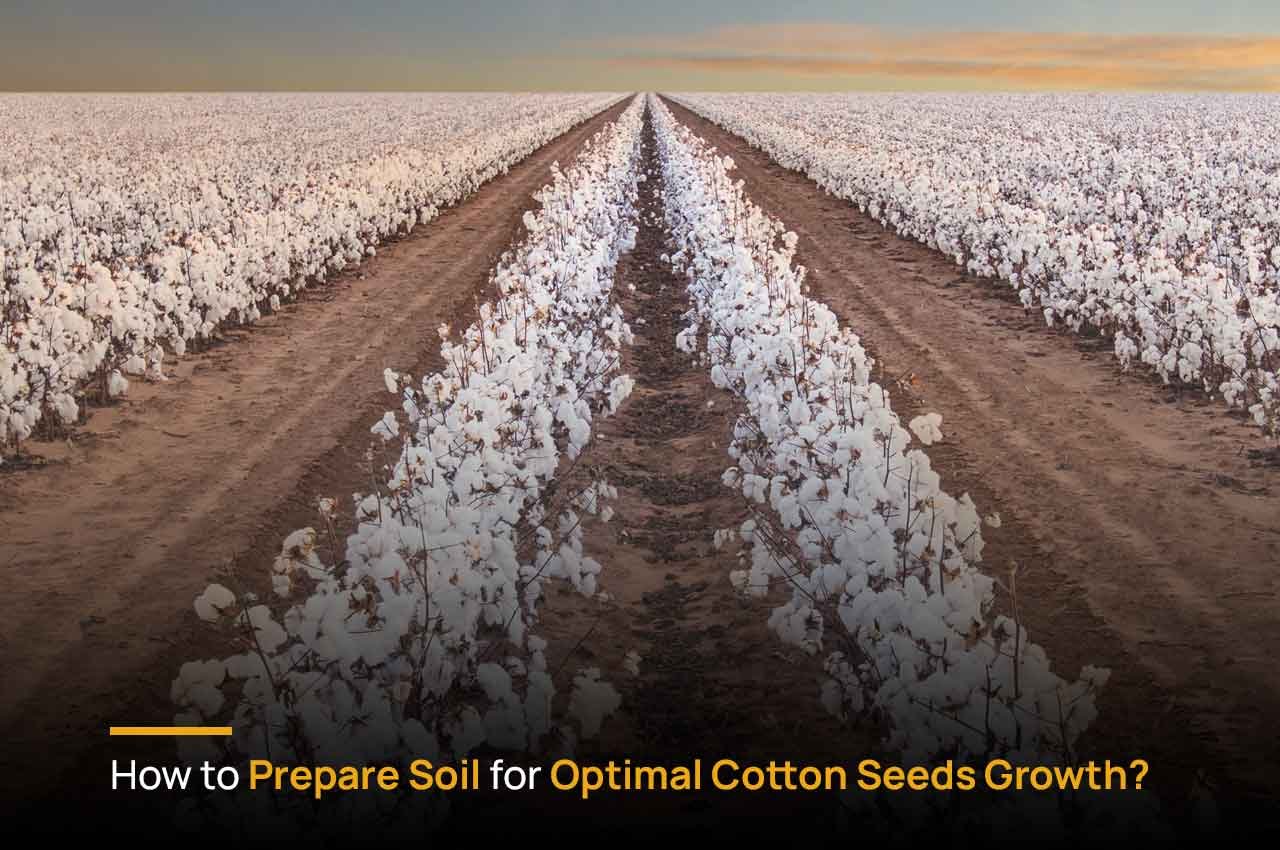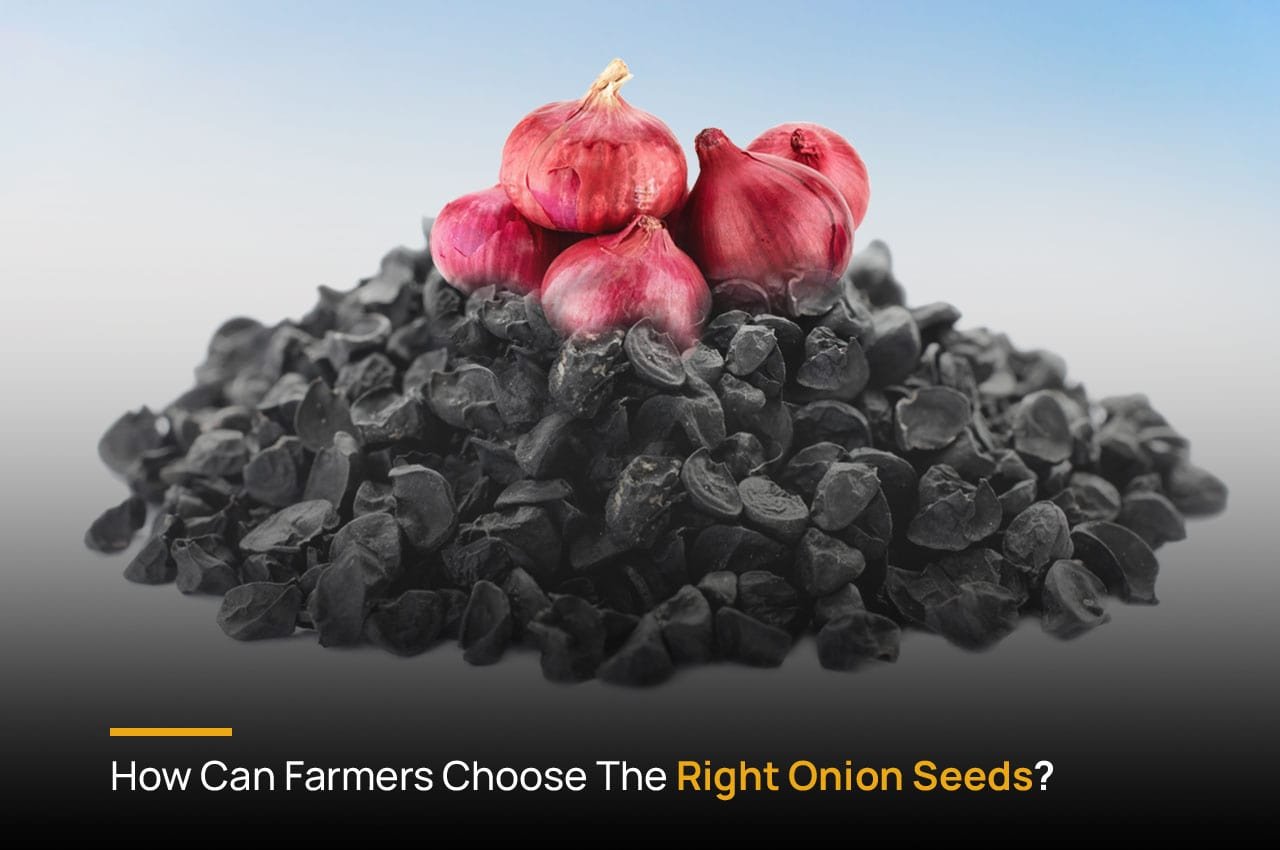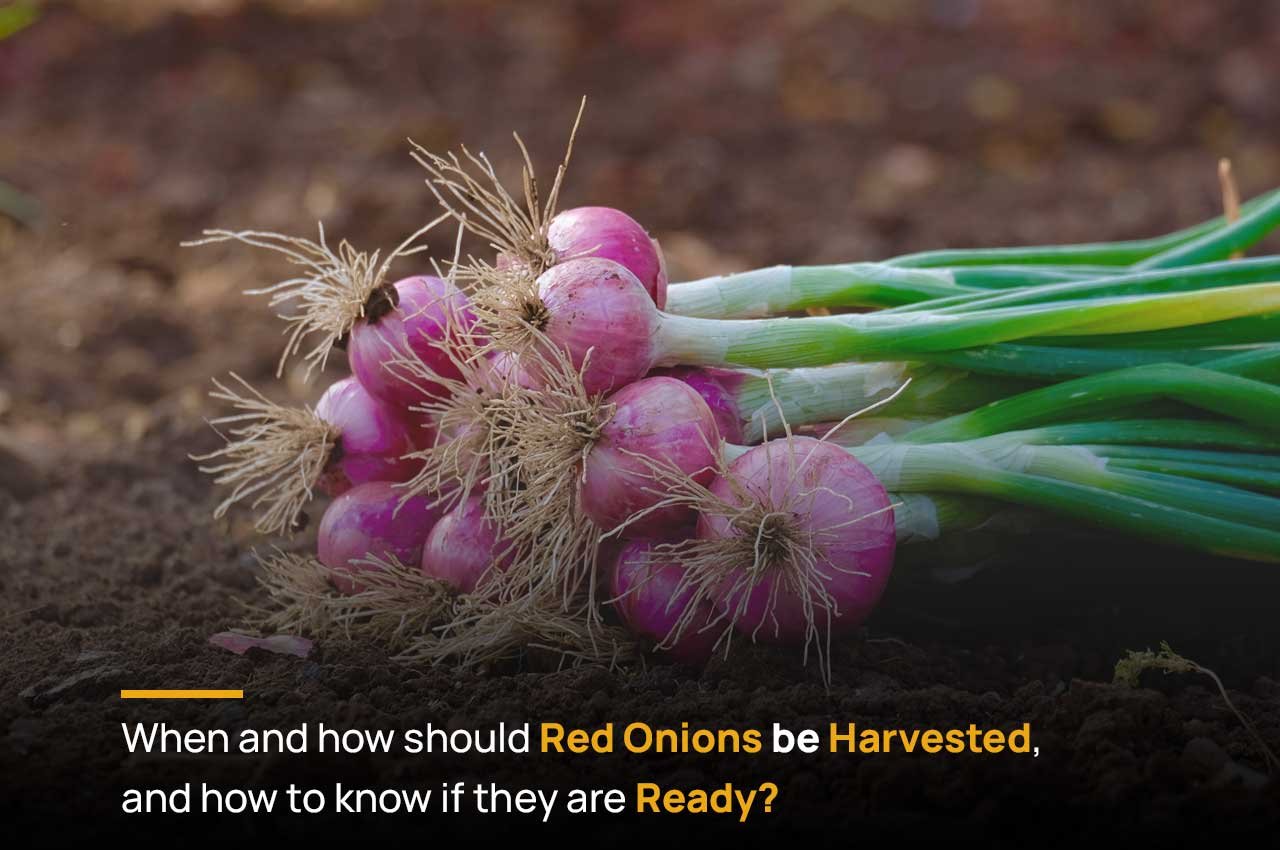
How Can Crop Rotation Impact The Health Of Paddy Seeds?

For paddy farmers, crop rotation is like playing chess, which requires immense patience, strategic moves, and adequate planning for long-term gain, offering the rewards of better pest control, soil health, and higher yield. Crop rotation works as the most cost-effective and environmentally friendly planting method of switching out crops in a flipping cassette manner every season over three to ten years. As each plant interacts with the soil differently, it helps improve soil health by restoring its nutrients, increasing the potential for better paddy yields in the same field. For example, rotating paddy with legumes like urad dal or moong dal can help fix the ratio of other nutrients and nitrogen in the field, enriching soil fertility.
Crop rotation is also considered to be extremely effective in reducing the need for pesticides and chemical fertilisers, paving the way for better paddy yields naturally in the coming season. The large and monoculture nature of the crops and standing water typically found in the paddy fields create an ideal environment for the growth of certain pests. Sustainable practices like crop farming allow disrupting the lifecycle of such pests, reducing the reliance on pesticides and ensuring better yields. While there is no harm in growing paddy on the same plot season after season, a significant question still arises: why crop rotation is so essential here?
Keep reading to explore the numerous benefits of crop rotation for harvesting best quality paddy seeds like BB-11 research paddy seeds or Fine-90 research paddy seeds and understand why this practice has been vital to sustainable agriculture.
Key Benefits of Crop Rotation for Paddy Farming
Enhancing Soil Structure
Resulting from repeated flooding and often usage of heavy machinery, soil compaction is a significant challenge in planting and harvesting paddy seeds like Mohara research paddy seeds or Ahilya 1710 research paddy seeds. Compacted soil can hinder the root growth of crops by limiting essential nutrients and water infiltration. Crop rotation plays a crucial role here in breaking up compacted soil and improving aeration and water retention as it involves alternating crops with different root structures.
Boosting Soil Fertility
Crop rotation revitalises the soil by replenishing some of the vital nutrients that were lost due to the constant planting of paddy seeds in the same ground. For instance, rotating paddy with legumes or pulses like peas or beans can help restore nitrogen balance in the soil. Additionally, using organic matter like manure can improve soil fertility by facilitating bacterial diversity and boosting microorganisms such as fungi and earthworms that help improve nutrient cycling.
Preventing Soil Erosion
As harvesting paddy seeds is a process highly dependent on weather conditions, heavy rainfall or wind often damage crops eroding the topsoil. Rotating with cover crops like oats, legumes, and certain other grains can add a protective layer to the topsoil. Such crops have deep roots that help prevent soil erosion and enhance vital nutrients in the soil for paddy planting.
Minimising Pest and Disease Accumulation
Constant flooding often creates a moist and humid environment in the paddy field where pests and diseases, and easily thrive and harm crops. Additionally, the practice of monocropping allows pests and pathogens to persist and multiply across growing seasons. Rotating paddy with other crops can essentially prevent plants from succumbing to infestations.
Reducing Paddy Weed Growth Naturally
Harvesting paddy seeds constantly creates open spaces and disrupts the soil, providing an ideal condition for weeds to germinate. Moreover, paddy farming involves waterlogged environments on the fields that favours certain aggressive weeds that are extremely challenging to control. By rotating crops a constantly changing environment can be established on the field so that the weeds can have no time to adapt and thrive to new conditions. This allows natural control of the growth of opportunistic weeds that steal nutrients from the soil without the involvement of chemical fertilisers and pesticides.
Best Crops to Rotate with Paddy for Maximum Benefits
To maximise the advantages of crop rotation for paddy farming, incorporating legumes like chickpeas and lentils can be an excellent option that helps enrich soil fertility by naturally fixing nitrogen balance. On the other hand, oilseeds like sunflower and mustard contribute to alleviating soil compaction. Pulses such as peas and beans help enhance soil health while vegetables like tomatoes and onions can limit pest pressure, facilitating a more sustainable and productive farming environment for paddy crops. However, it is essential to consult an expert to understand and develop an effective plan for the crop rotation cycle that would ensure higher yields for paddy depending on specific field and weather conditions.
Recognised as a leading hybrid paddy seeds manufacturer, Yashoda Hybrid Seeds acknowledges the importance of crop rotation in terms of maximising the potential of soil health and overall productivity while paddy farming. Hence, we offer an extensive range of high-potential, research-based oilseeds and legume seeds suited for effective rotation with paddy. With a growing network of 60,000 farmers across the nation, we are committed to quality and farming innovation. Contact us to learn more.





